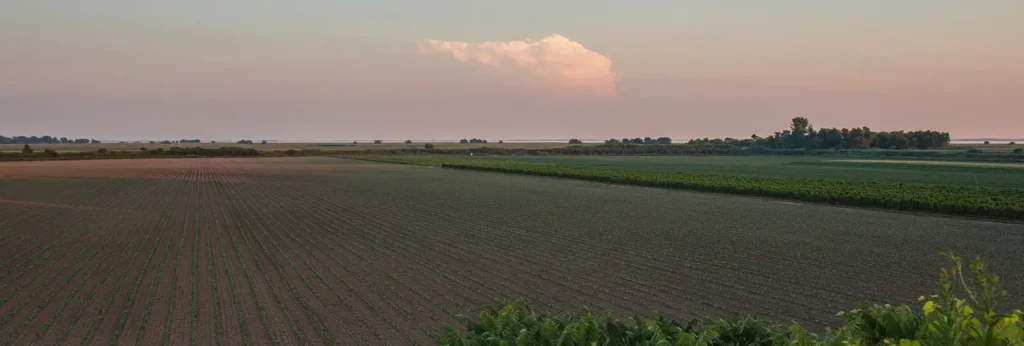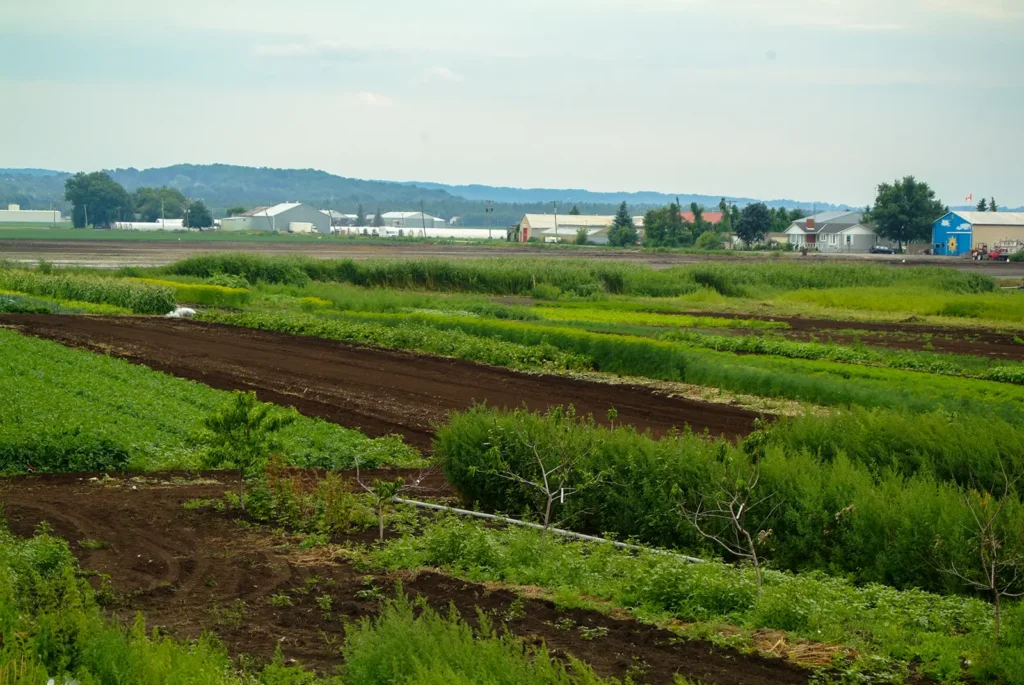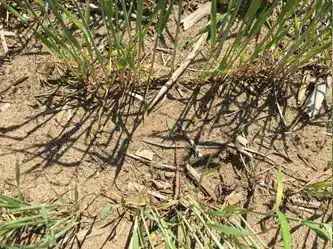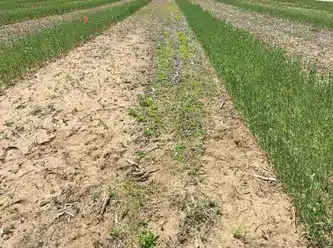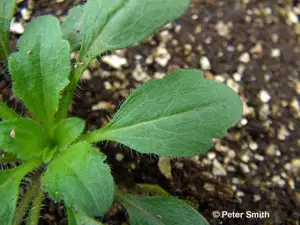Part of the Stories from the Greenbelt series
Regenerative Soil Health Practices Help Reduce Weeds
Like taxes, weeds are a fact of life. But what are weeds? They are just plants growing in the wrong place.
Growing crops for a living means reducing the impact of weeds that can outcompete your crops by taking the available moisture and nutrients. Weeds and pests can reduce yields, farm income and profits, regardless of the type of production system: be it grains and oilseeds, vegetables, fruit, organic, or otherwise.
There is no magic wand to manage or eliminate weeds. Integrated approaches work best by using a variety of tactics to prevent and suppress the impact of weeds. Regenerative or soil health practices are part of this kind of integrated approach.
There is no magic wand to manage or eliminate weeds. Integrated approaches work best by using a variety of tactics to prevent and suppress the impact of weeds. Regenerative or soil health practices are part of this kind of integrated approach.
Healthy soil ecosystems that are biologically diverse support varied herbivores, predators, and decomposer species that can reduce the weed seed bank in the soil.
Not disturbing the soil with tillage helps reduce weed seed germination and establishment. Keeping the soil covered as much as possible with growing plants, cover crops or crop residue, is also effective. Having living plant roots growing in the soil as long as possible also helps inhibit weed growth.
Cover crops can compete with weeds. Some cover crop species can even kill certain kinds of weeds. Cereal rye, often a cover crop species, gives off a chemical that can kill or inhibit Canada Fleabane, a weed generally resistant to herbicides. One U.S. study found that cereal rye cover crop reduced annual weed density and biomass by more than 90 per cent.
Diversifying the plant species growing in each field through practices like crop rotation, cover crops, biostrips, and relay cropping, also helps to reduce weed success.
Each crop species has a critical weed-free period when it is most important to control weeds to prevent competition. If the crop is kept weed-free for that critical time, no reduction in yield should occur.
Herbicides can also be used strategically by only spraying after scouting to determine if the weed pressure justifies the cost. Scouting involves walking through each field to observe the extent of weeds, insects, and diseases. Drones can help with that effort. Scouting identifies which weed species are present and their levels of abundance, and whether this is a threat to crop yield. This can save money as well.
Innovative new farm technology is becoming available using cameras, mapping, and artificial intelligence to identify weeds individually, and selectively use herbicides, electricity, and even lasers to manage them.
New technology isn’t a magic wand, but it feels a bit like it. Weeds are still a fact of life, but the range of tools to reduce their impact has diversified.
For more information:
Integrated Pest Management: http://www.omafra.gov.on.ca/IPM/english/index.html
Ontario Weed Gallery: http://www.omafra.gov.on.ca/english/crops/facts/ontweeds/weedgal.htm
Paul Smith is a consultant in sustainable agriculture and lives in Guelph with his wife and son. Paul worked for the Ontario government for 30 years at the Ministry of Agriculture, Food and Rural Affairs, Ministry of the Environment, Ministry of Natural Resources, and the Ontario Heritage Trust. He holds degrees from the University of Guelph and the University of Waterloo. He is a citizen of the Métis Nation of Ontario and the Manitoba Métis Federation.

